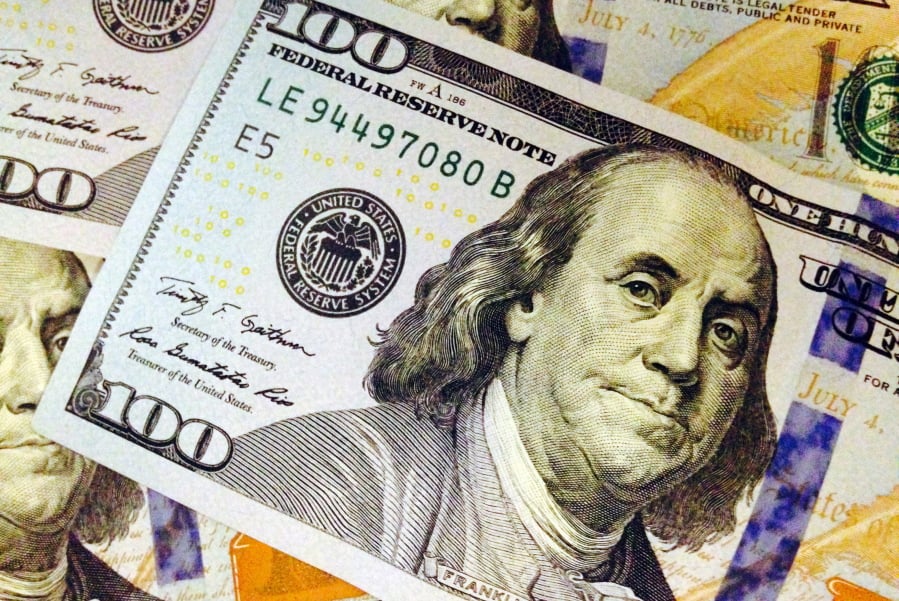WASHINGTON — “Medicare-for-all” can mean different things to different people.
For some, it’s a single government-run health insurance plan for the whole country. To others, it’s giving consumers a choice to buy into Medicare or keep their private insurance.
But whatever the form, the proposals are built on the premise that health insurance should be a guaranteed right.
Sen. Bernie Sanders, a Vermont independent seeking the 2020 Democratic presidential nomination, launched the debate over “Medicare-for-all.” Now, other Democratic presidential hopefuls are staking out their positions on the concept, which President Donald Trump decries as socialism.
But government-backed insurance is already part of daily life, covering more than 130 million Americans. A new report from the Centers for Medicare and Medicaid Services projects that federal, state and local governments will be paying nearly half the nation’s health care tab by 2027.
A primer on Medicare and Medicare-inspired plans that have become a central focus for Democrats:
Traditional Medicare
Enacted more than 50 years ago to cover people age 65 and older, Medicare remains the government’s flagship health care program. About 60 million are enrolled, including some 9 million disabled people.
Benefits include coverage for hospitalization, doctors’ services, prescription drugs, tests and imaging, rehab, medical equipment, and hospice. But Medicare does not cover long-term care, routine dental care, hearing aids or eyeglasses.
Medicare has significant copayments, and many beneficiaries purchase supplemental private insurance to protect against costs.
With baby boomers aging into Medicare, taxes are not enough to cover future costs. In just seven years — 2026– it’s projected that the program’s giant trust fund for inpatient care won’t have enough to cover medical bills due.
‘Medicare-for-all’
Two bills, one by Sanders and another from House Democrats, would set up a government-run health insurance plan for the entire country. It’s also called “single-payer” because a federal agency would pay the bills. Or just “M4A.”
Government coverage would replace private health insurance, including employer-sponsored plans that insure about 160 million people. Benefits for seniors would be improved beyond what Medicare now offers, with coverage for dental, vision and hearing aids. The House bill includes a new long-term care program.
Patients would not have to pay premiums or deductibles, and cost-sharing would be eliminated or greatly reduced. But taxes would go up significantly. Costs would be limited through government-set payment rates across the health care system.
Neither proposal has a cost analysis from the Congressional Budget Office, but several independent studies have estimated that government spending on health care would increase dramatically, in the range of about $25 trillion to $35 trillion or more over a 10-year period.
Democratic presidential hopefuls Sens. Cory Booker of New Jersey, Kirsten Gillibrand of New York, Kamala Harris of California, and Elizabeth Warren of Massachusetts are co-sponsors of the Sanders’ plan. So is Oregon Sen. Jeff Merkley, who is considering a run. Some co-sponsors also support less ambitious proposals.



